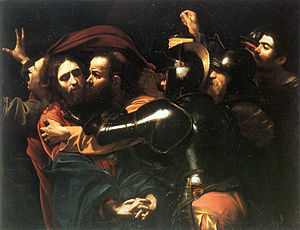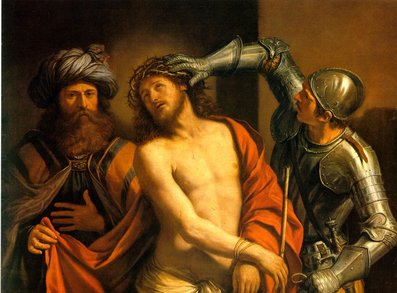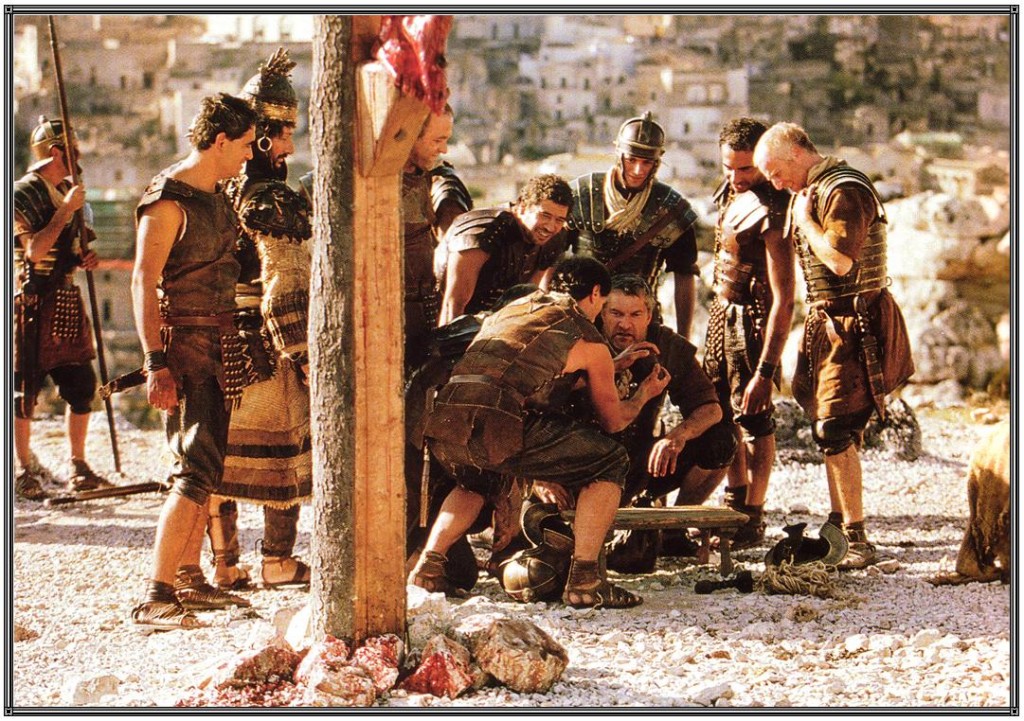CHRISTIAN UNJUST/JUST WAR MORAL THEORY
Tag Archives: Lent
Lenten Reflection 3: Culpable Conscience
“The effort one is obliged to make in order to acquire moral certainty that an action is morally permissible is to be measured by the importance of the action itself and the consequences which can be reasonably anticipated. If the life of a neighbor is liable to be imperiled by actions of ours, we must choose the safest course of action so as to avoid this evil effect. War with its dire consequences can never be waged on the grounds of probable right.” —Rev. Bernard Haring, C.SS.R., THE LAW OF CHRIST, Vol I, Nihil Obstat and Imprimatur (1960)
Torture then, torture now
“On a Theme from Julian’s Chapter XX”
by Denise Levertov
Six hours outstretched in the sun, yes,
hot wood, the nails, blood trickling
into the eyes, yes —
but the thieves on their neighbor crosses
survived till after the soldiers
had come to fracture their legs, or longer.
Why single out the agony? What’s
a mere six hours?
Torture then, torture now,
the same, the pain’s the same,
immemorial branding iron,
electric prod.
Hasn’t a child
dazed in the hospital ward they reserve
for the most abused, known worse?
The air we’re breathing,
these very clouds, ephemeral billows
languid upon the sky’s
moody ocean, we share
with women and men who’ve held out
days and weeks on the rack —
and in the ancient dust of the world
what particles
of the long tormented,
what ashes.
But Julian’s lucid spirit leapt
to the difference:
perceived why no awe could measure
that brief day’s endless length,
why among all the tortured
One only is “King of Grief.”
The oneing, she saw, the oneing
with the Godhead opened him utterly
to the pain of all minds, all bodies
— sands of the sea, of the desert —
from first beginning
to last day. The great wonder is
that the human cells of His flesh and bone
didn’t explode
when utmost imagination rose
in that flood of knowledge. Unique
in agony, Infinite strength, Incarnate,
empowered Him to endure
inside of history,
through those hours when he took to Himself
the sum total of anguish and drank
even the lees of that cup:
within the mesh of the web, Himself
woven within it, yet seeing it,
seeing it whole. Every sorrow and desolation
He saw, and sorrowed in kinship.
Taken from Breathing the Water by Denise Levertov (New York: New Directions Press, 1987)
Go and Sin No More
Soldiers are not heroes
in the Gospel of Saint John, the story of the passion of the Christ.
John 18: “So Judas got a band of soldiers and guards from the chief priests and the Pharisees and went there with lanterns, torches, and weapons….”
…So the band of soldiers, the tribune, and the Jewish guards seized Jesus, bound him, and brought him to Annas first.
…And the soldiers wove a crown out of thorns and placed it on his head, and clothed him in a purple cloak, and they came to him and said, Hail, King of the Jews! And they struck him repeatedly.”
 “Now since it was preparation day, in order that the bodies might not remain on the cross on the sabbath, for the sabbath day of that week was a solemn one, the Jews asked Pilate that their legs be broken and that they be taken down. So the soldiers came and broke the legs of the first
“Now since it was preparation day, in order that the bodies might not remain on the cross on the sabbath, for the sabbath day of that week was a solemn one, the Jews asked Pilate that their legs be broken and that they be taken down. So the soldiers came and broke the legs of the first
and then of the other one who was crucified with Jesus. But when they came to Jesus and saw that he was already dead, they did not break his legs, but one soldier thrust his lance into his side, and immediately blood and water flowed out.”
John 19: “When the soldiers had crucified Jesus, they took his clothes and divided them into four shares, a share for each soldier. They also took his tunic, but the tunic was seamless, woven in one piece from the top down. So they said to one another, “Let’s not tear it, but cast lots for it to see whose it will be, “ in order that the passage of Scripture might be fulfilled that says: They divided my garments among them, and for my vesture they cast lots…”
“This is what the soldiers did.”




